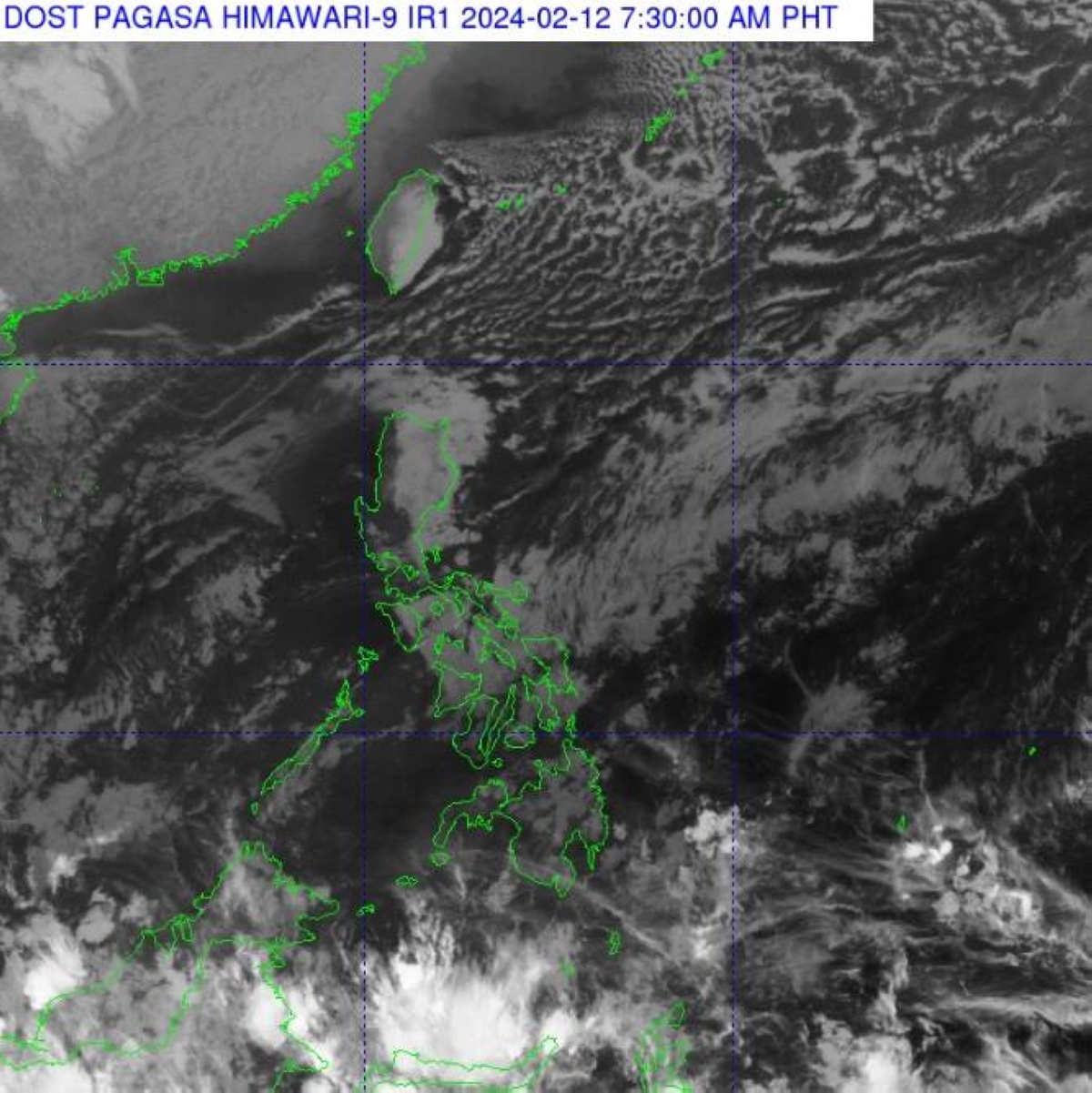The weather in the Philippines can be quite unpredictable, with multiple weather systems affecting different parts of the country at any given time. According to the Philippine Atmospheric Geophysical and Astronomical Services Administration (Pagasa), at least four weather systems will be impacting the country in the next 24 hours.
These weather systems include the shear line, northeast monsoon, easterlies, and localized thunderstorms. Each system brings its own set of conditions, resulting in varying weather patterns across different regions.
Weather specialist Robert Badrina from Pagasa explains that the combined effects of the shear line and easterlies are causing overcast skies with scattered rain showers and thunderstorms in Eastern Visayas, Capiz, Aklan, Iloilo, Bicol Region, and Romblon. These areas can expect intermittent rainfall and occasional thunderstorms throughout the day.
In Metro Manila and the rest of Luzon, the northeast monsoon, locally known as “amihan,” is the dominant weather system. This brings cloudy skies with isolated light rains. Badrina mentions that the coming days will see colder nights and mornings, particularly in Luzon, due to the influence of the northeast monsoon.
Despite the presence of these weather systems, Pagasa reports that no tropical cyclones or low-pressure areas have been detected both within and outside the country’s area of responsibility over the weekend. This is good news as it means there are no immediate threats of typhoons or severe weather disturbances.
For the rest of the country, the easterlies, combined with localized thunderstorms, are bringing either isolated heavy rains or thunderstorms. These weather conditions can occur in various areas, so it’s essential to stay updated with the latest weather advisories and forecasts from Pagasa.
It’s important to note that weather conditions can change rapidly, and it’s crucial for residents and visitors to be prepared for any eventuality. Here are a few tips to help you navigate through changing weather conditions:
1. Stay informed:
Regularly check weather updates from reliable sources such as Pagasa or local news outlets. These sources provide accurate and timely information to help you plan your activities accordingly.
2. Be prepared:
Have a contingency plan in case of severe weather conditions. Keep emergency supplies, such as food, water, flashlights, and a first aid kit, readily available. Stay updated on evacuation procedures in your area, if applicable.
3. Dress appropriately:
Wear appropriate clothing for the prevailing weather conditions. Layer your clothing during colder periods and use sunscreen and hats during hot and sunny days.
4. Take precautions:
During thunderstorms, it’s advisable to stay indoors and avoid open areas, tall structures, and bodies of water. If you’re outdoors, seek shelter immediately. Avoid unnecessary travel during severe weather conditions.
By staying informed and prepared, you can navigate through changing weather conditions and ensure your safety and well-being. Remember to follow the guidance of local authorities and weather agencies for the most accurate and up-to-date information.
While weather systems can bring about disruptions and inconveniences, they are a natural part of our environment. Understanding and adapting to these weather patterns will help us make informed decisions and minimize any potential risks.







